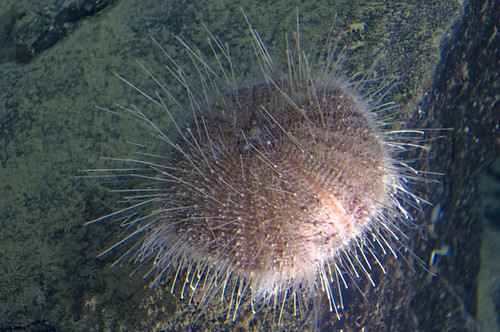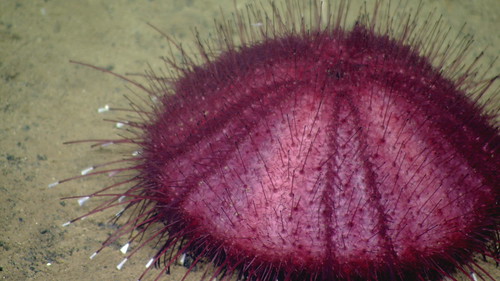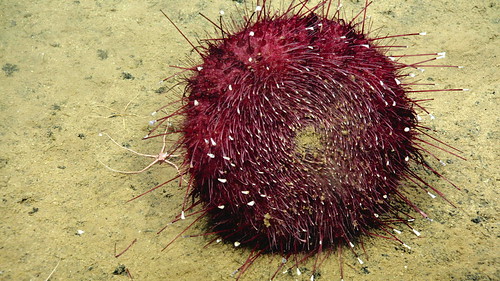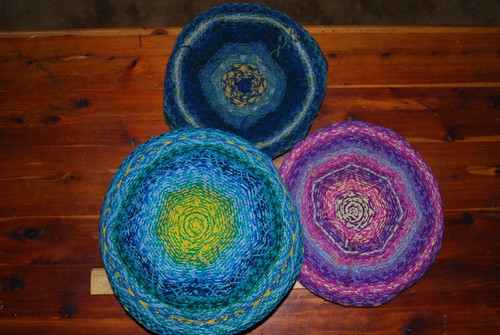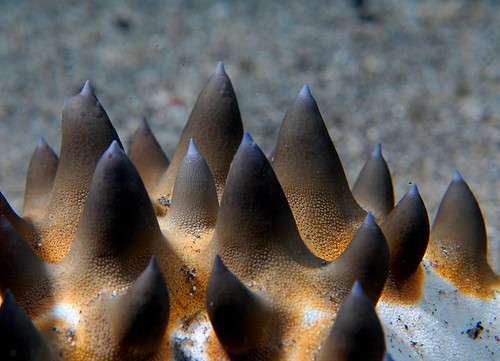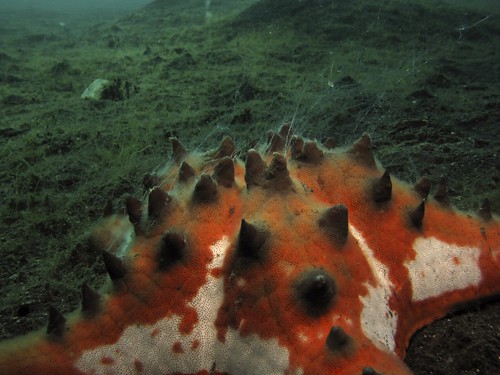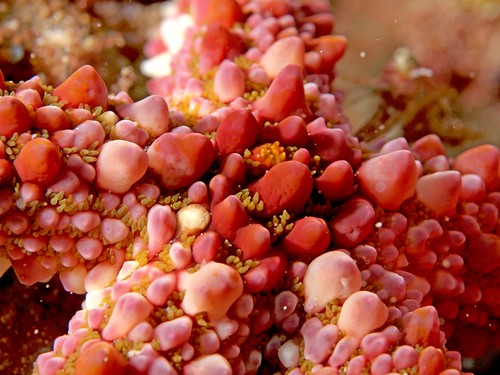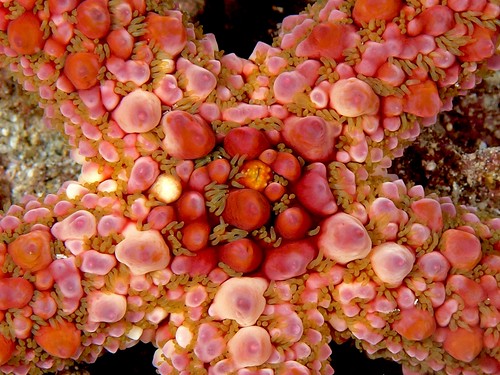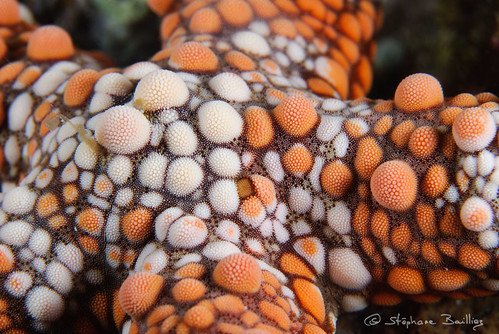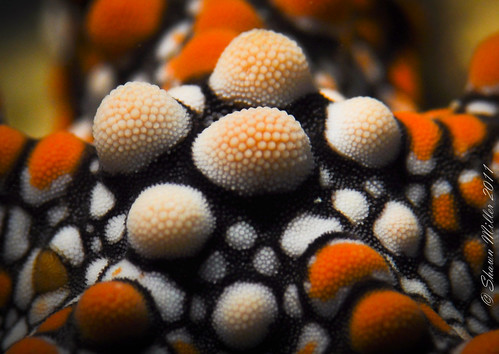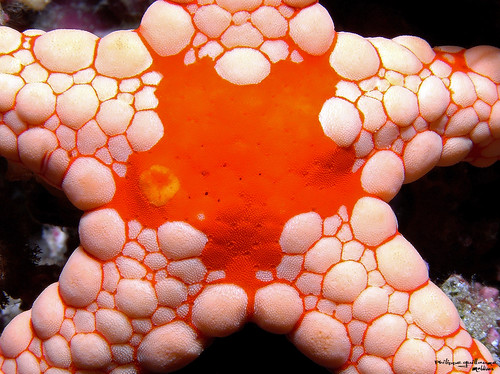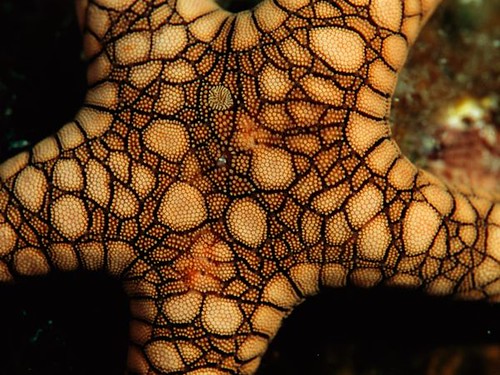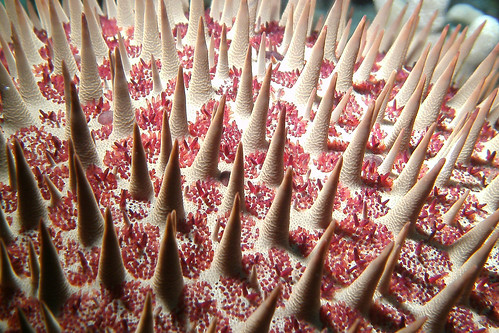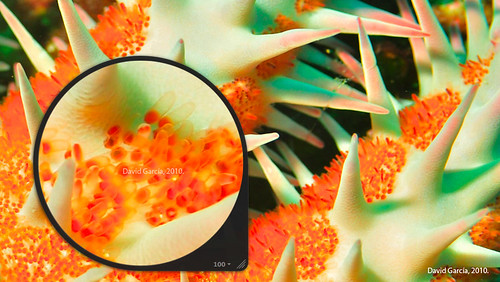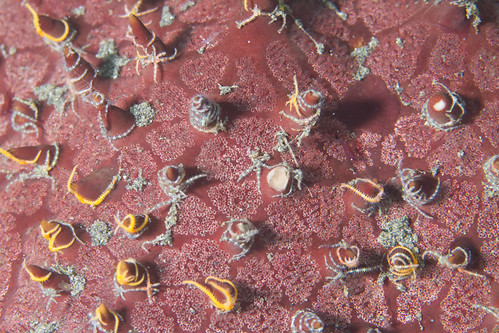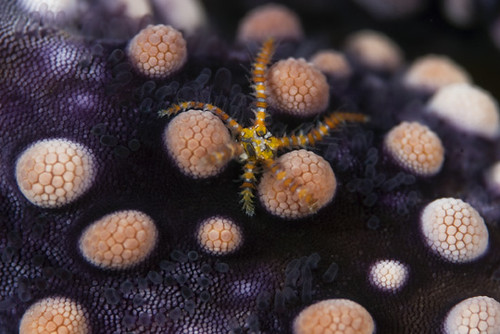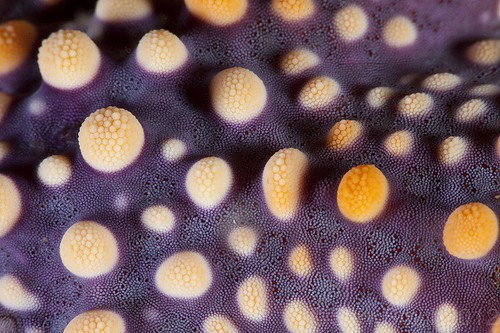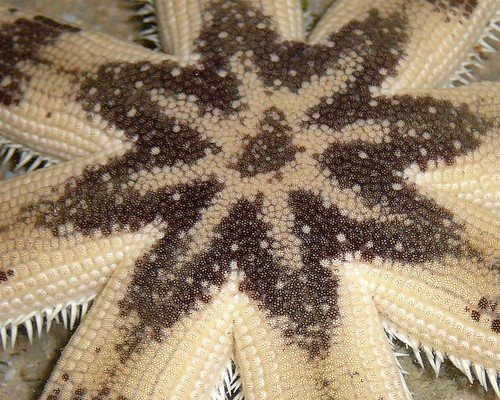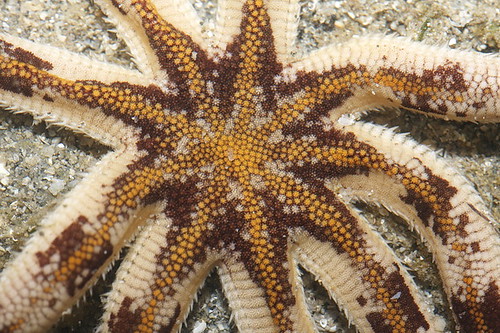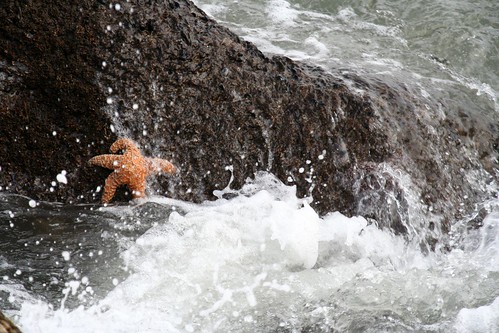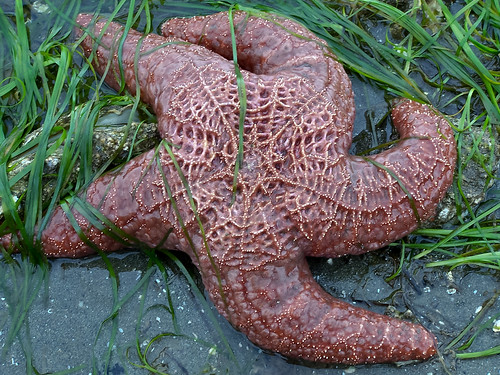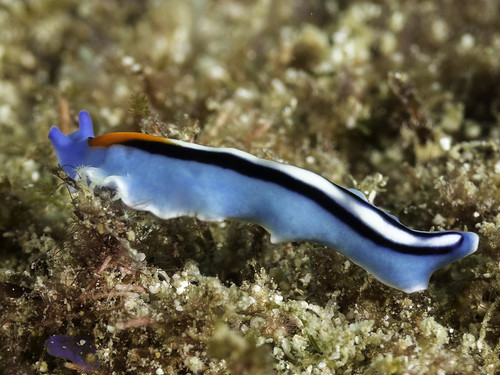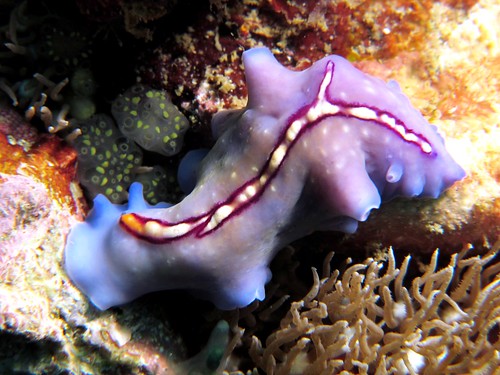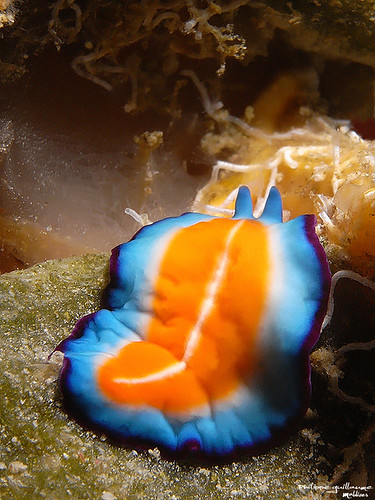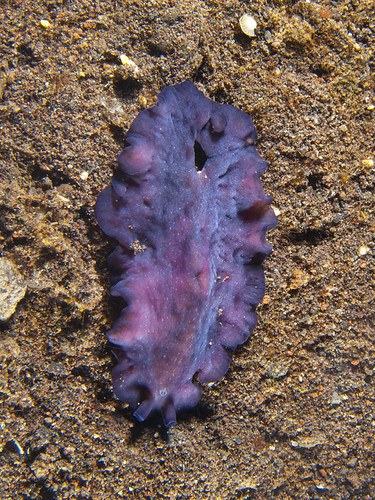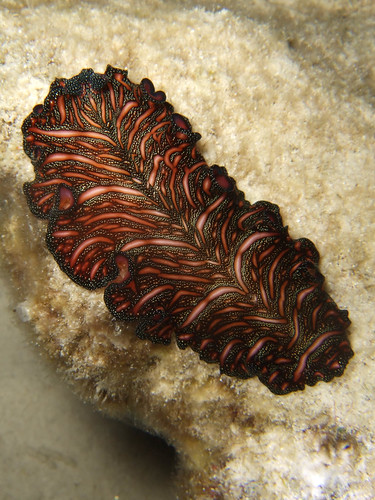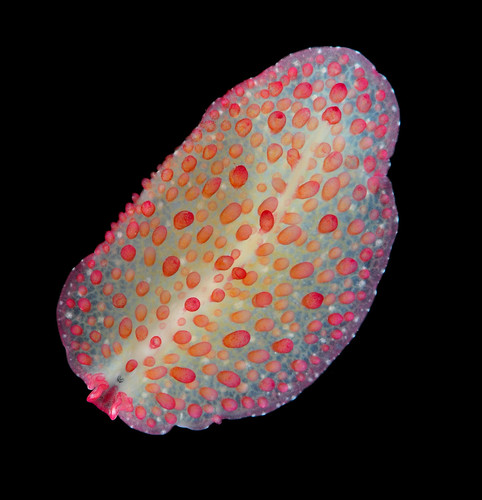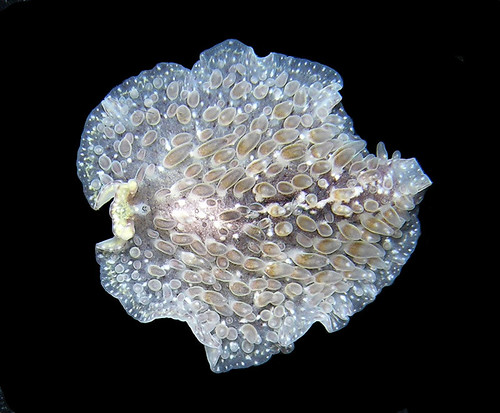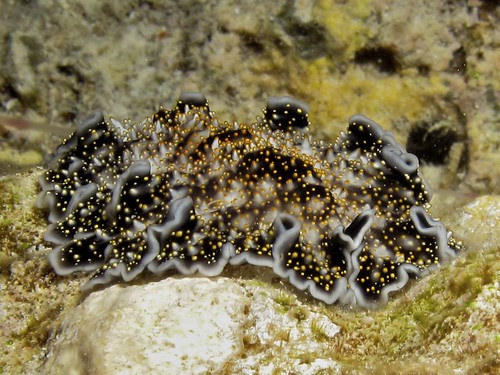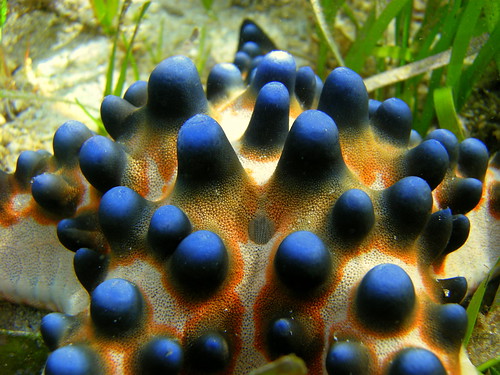 |
| This fantastic image by Tyson Jerry from North Sulawesi |
By now, a bunch of people have seen the incredible collection of close-up asteroid photos by Alexander Semenov and
I reviewed them for the Smithsonian here.
Those pictures were close ups of asteroids from cold-water settings in the North Pacific & North Atlantic. There's a very different fauna of asteroids in those parts of the world compared to the tropics.
Most of the starfish in the tropical Indian and Pacific Oceans show a lot of granules, spination and armor and of course are composed of very different families of asteroids compared to those which live in the far North.
If you'd like to see some
pics of the mouth armor in these types of starfish go here!
I start with the above : a STUNNING shot of
Protoreaster nodosus, a commonly encountered sea star found throughout the Pacific. Shots below are macro shots showing skeletal features and colors of different tropical, Indo-Pacific starfish species.
More close up on
Protoreaster with more pointed spines. Image by Nick Robertson Brown (Frogfish Photos)
What are these weird threads? Feeding tentacles from a benthic ctenophore? Gametes? Weird. Photo by MerMate (Eunice Khoo)
The strange soft-warty structures are a distinguishing feature on the surface of
Echinaster callosus! Function unknown. Images by Optical Allusion
Some fantastic detail on the ophidiasterid
Nardoa. Image by Stephane Bailliez
Here's a close up on
Gomophia gomophia. Image by Okinawa Nature Photography (Shawn Miller)
An awesome close up of the disk on
Fromia nodosa from the Maldives. Image by Philippe Guillaume.
Close up of
Fromia indica. Image by Jesse Claggett
The papulae (aka the gills) and spines of
Acanthaster planci-the Crown of Thorns starfish. Image by Barry Fackler.
This one shows a close up of the gills of Acanthaster planci. Image by David Garcia Fonseca.
Wow! First record of the brittle star
Ophiactis? living on the spines of
Pentaceraster. Image by Maractwin
another tight shot of a brittle star (
Ophiothela?) living on the asteroid
Nardoa. Image by deco4macro
The same kind of star sans ophiuroid. Image by samui13coconut13
Surface spines on
Pentaceraster. The tiny white circles on the brown spaces are papulae aka the gills. Image by Friscodive.
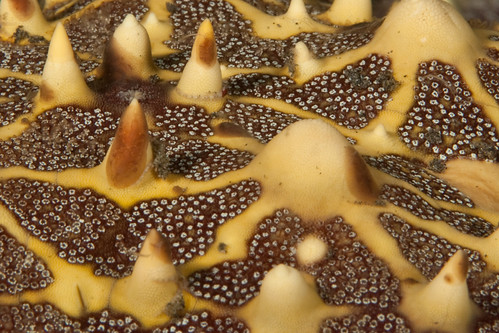
]
Surface close up on the cushion star Culcita novaeguineae from the Maldives. Image by Frédérique Jaffeux. All the white pores are papulae aka the gills.
From the Sand star Luidia maculata Image by Kok Sheng
And another L. maculata by [WJ]

